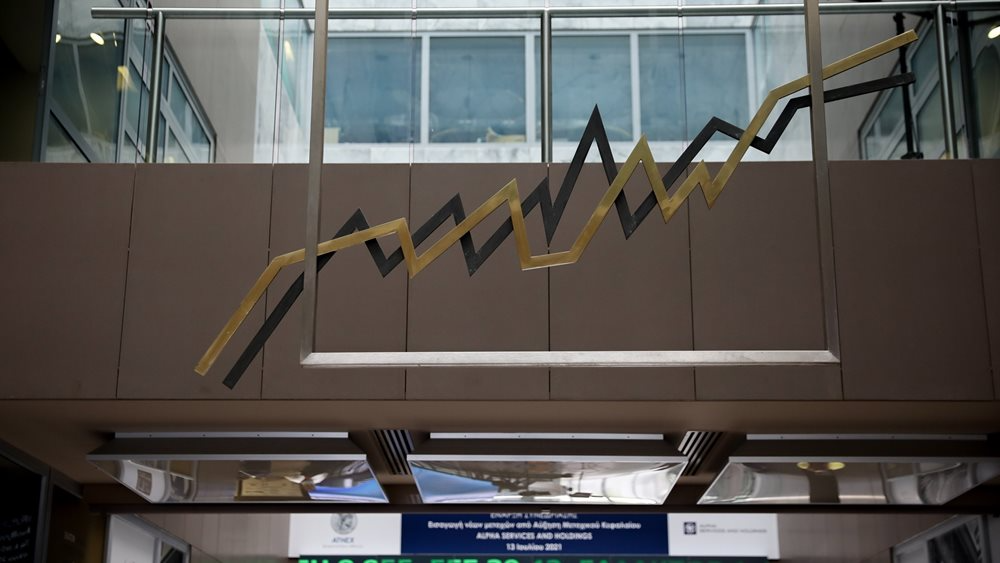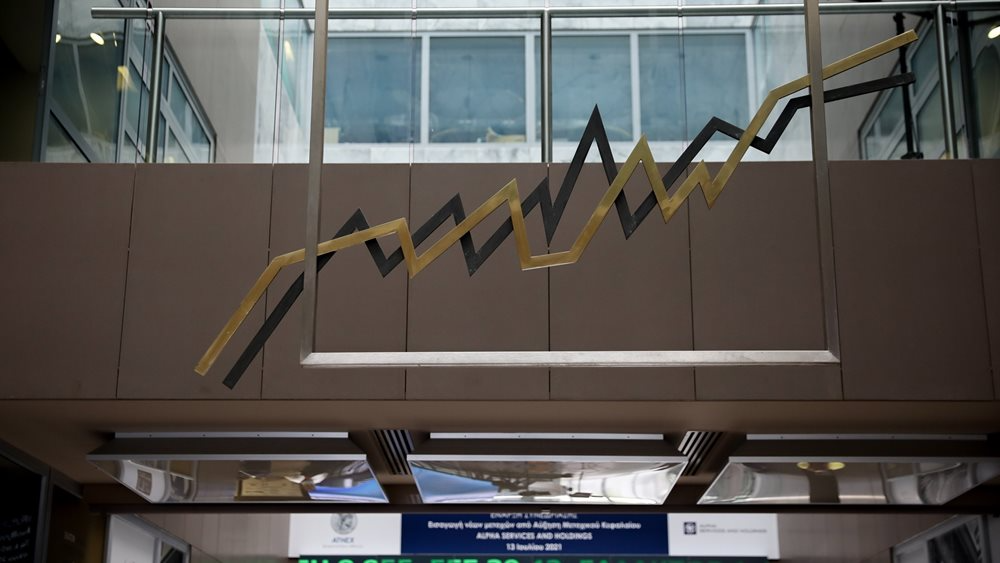
Industrial production in Greece rose by 1.5% in February on an annual basis, compared with a 6.4% decline in the eurozone, according to Eurostat data.
Greece remained one of the few Eurozone countries to maintain positive year-on-year growth rates in industrial production in February, when in the same month industrial production in the Eurozone as a whole fell by 6.4% and in the European Union by 5.4% compared to the same month in 2023.
According to data released today by Eurostat, industrial production in Greece grew by 1.5% in February compared to February 2023. At the same time, Italy recorded a 3.1% drop, Germany a 6.1% drop and France a 0.8% decline. Positive growth rates were recorded in Spain (3.5%), Portugal (0.7%), and Cyprus (1%).
Industrial production remains sluggish in the Eurozone, although it showed some recovery in February compared to a month ago. According to Eurostat, total output in February rose by 0.8% month-on-month, after a 3% contraction in January.
The four biggest economies in the eurozone posted an increase in output compared to January, which drove it up. Germany is up 1.1%, France is up 0.2%, Italy is up 0.1%, and Spain is up 1.3%, according to Eurostat. Greece on a monthly basis was down 2.1%, having posted growth in all previous months.
The readings were in line with the estimates of analysts participating in a Wall Street Journal poll. Company surveys continue to show that the manufacturing sector is in crisis, while data from purchasing managers on sales in March put the manufacturing index at a level that indicates a contraction in activity in the industry compared to the previous month.
In the energy sector, output fell 3%, likely a result of reduced demand due to rising temperatures, but rose for capital goods, intermediate goods, and consumer durables.






